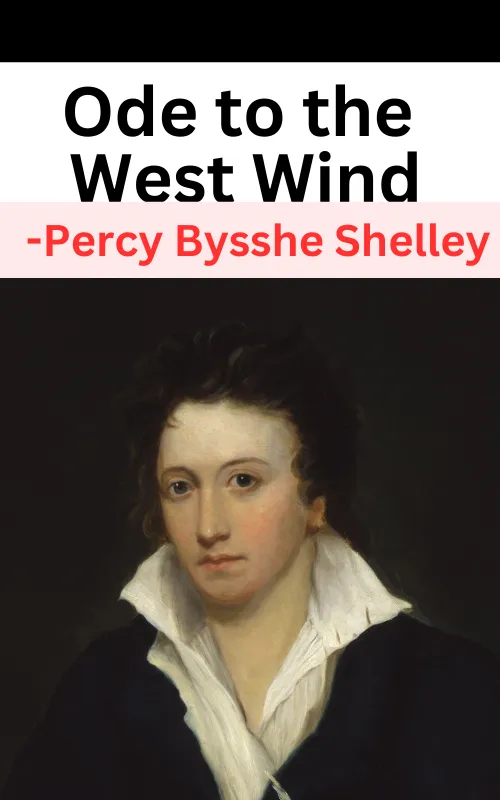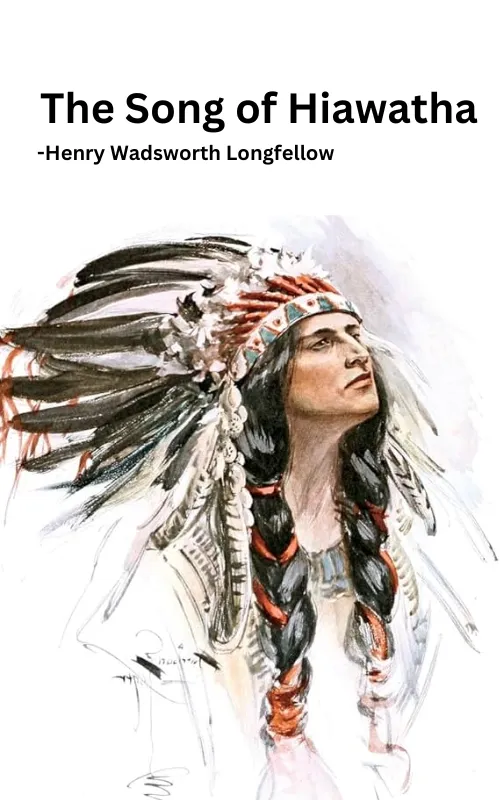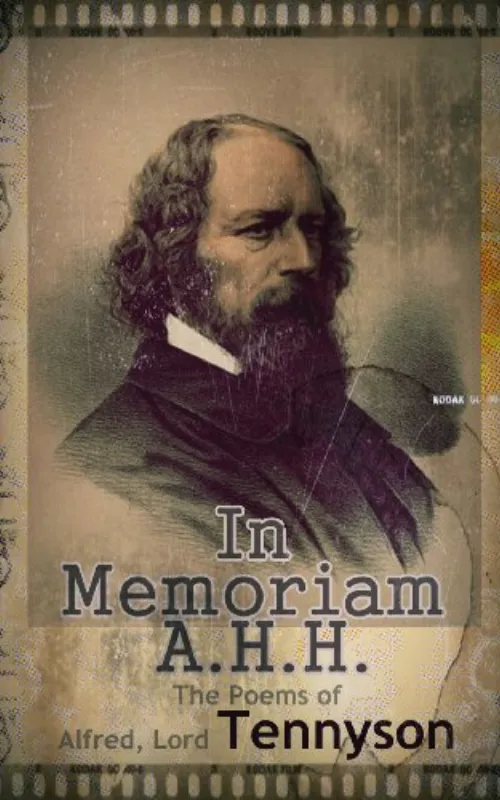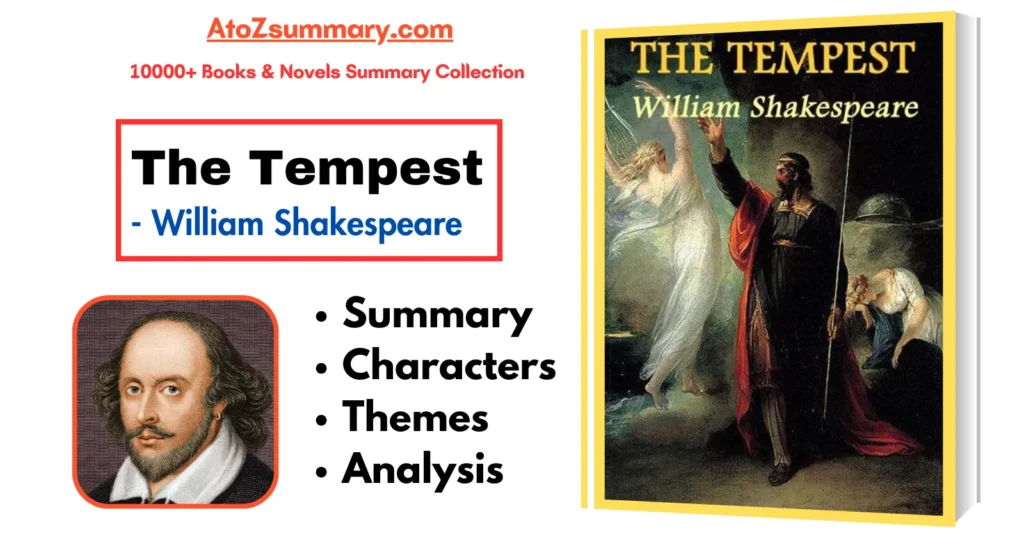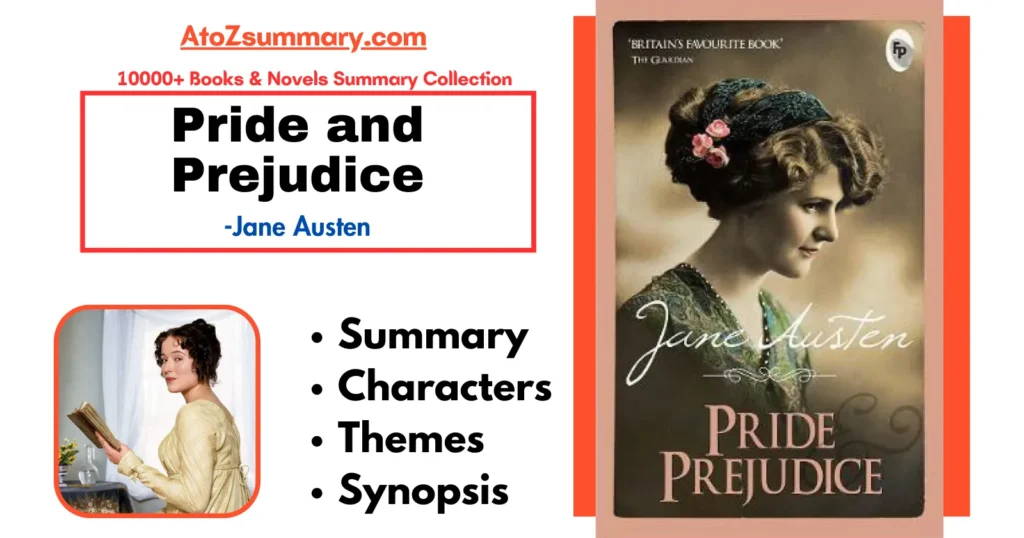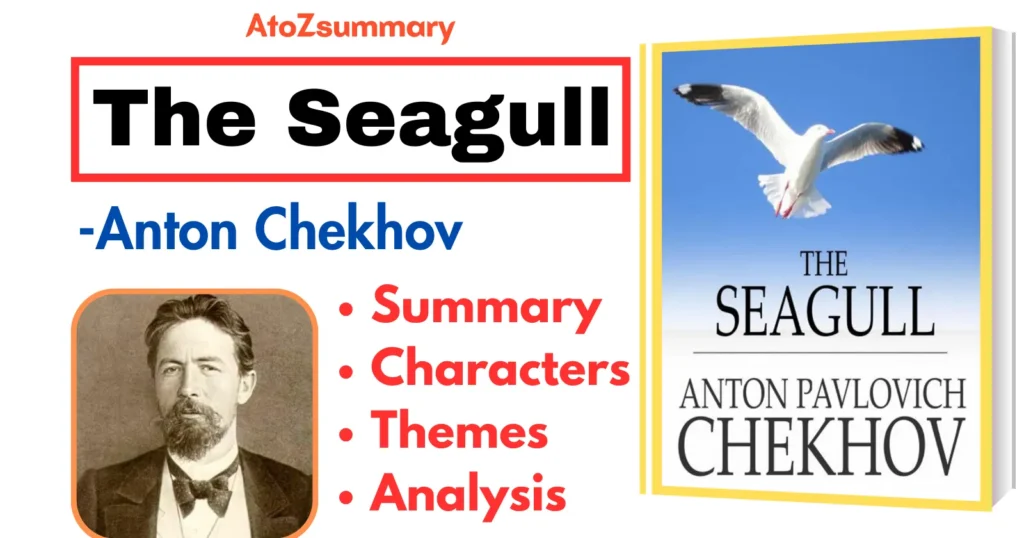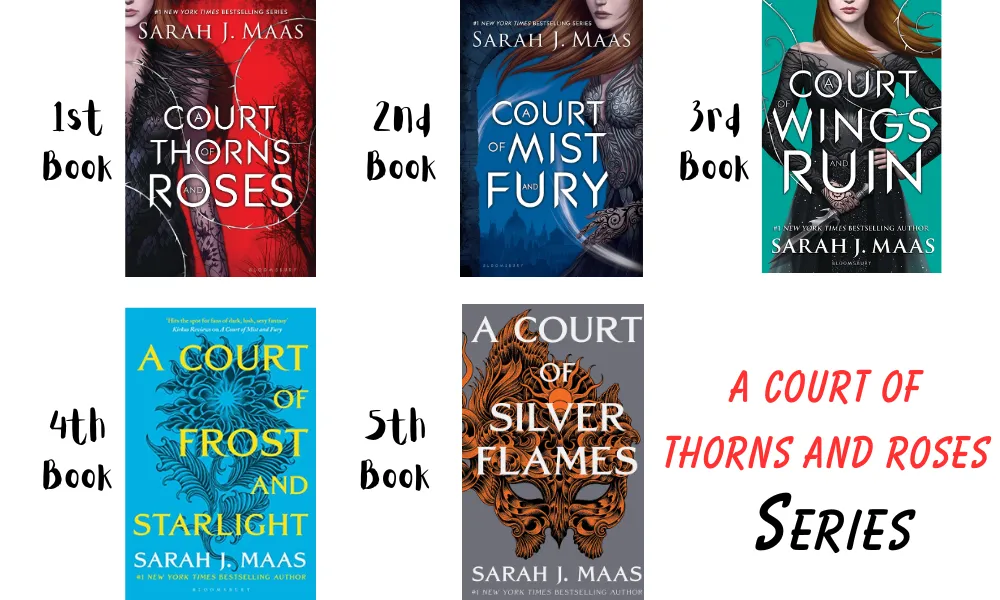About Poem: Ode to the West Wind
| Poem Title | Ode to the West Wind |
| Author | Percy Bysshe Shelley |
| Publication date | 1820 |
| Form | Ode |
| Rhyme scheme | ABA BCB CDC DED EE |
| Structure | 5 cantos or sections |
| Tone | Reverential, passionate, and contemplative |
| Setting | The poet is in a natural setting, surrounded by the beauty of autumn |
| Key Literary Devices | Imagery, personification, alliteration, metaphors, and similes |
| Central Motif | The west wind as a symbol of change and inspiration |
| Literary Movement | Romanticism |
| Famous Lines | – O wild West Wind, thou breath of Autumn’s being, – If Winter comes, can Spring be far behind? |
“Ode to the West Wind” Poem by Percy Bysshe Shelley
1
O wild West Wind, thou breath of Autumn’s being,
Thou, from whose unseen presence the leaves dead
Are driven, like ghosts from an enchanter fleeing,
Yellow, and black, and pale, and hectic red,
Pestilence-stricken multitudes: O thou,
Who chariotest to their dark wintry bed
The winged seeds, where they lie cold and low,
Each like a corpse within its grave, until
Thine azure sister of the Spring shall blow
Her clarion o’er the dreaming earth, and fill
(Driving sweet buds like flocks to feed in air)
With living hues and odours plain and hill:
Wild Spirit, which art moving everywhere;
Destroyer and preserver; hear, oh hear!
2
Thou on whose stream, mid the steep sky’s commotion,
Loose clouds like earth’s decaying leaves are shed,
Shook from the tangled boughs of Heaven and Ocean,
Angels of rain and lightning: there are spread
On the blue surface of thine aëry surge,
Like the bright hair uplifted from the head
Of some fierce Maenad, even from the dim verge
Of the horizon to the zenith’s height,
The locks of the approaching storm. Thou dirge
Of the dying year, to which this closing night
Will be the dome of a vast sepulchre,
Vaulted with all thy congregated might
Of vapours, from whose solid atmosphere
Black rain, and fire, and hail will burst: oh hear!
3
Thou who didst waken from his summer dreams
The blue Mediterranean, where he lay,
Lull’d by the coil of his crystalline streams,
Beside a pumice isle in Baiae’s bay,
And saw in sleep old palaces and towers
Quivering within the wave’s intenser day,
All overgrown with azure moss and flowers
So sweet, the sense faints picturing them! Thou
For whose path the Atlantic’s level powers
Cleave themselves into chasms, while far below
The sea-blooms and the oozy woods which wear
The sapless foliage of the ocean, know
Thy voice, and suddenly grow gray with fear,
And tremble and despoil themselves: oh hear!
4
If I were a dead leaf thou mightest bear;
If I were a swift cloud to fly with thee;
A wave to pant beneath thy power, and share
The impulse of thy strength, only less free
Than thou, O uncontrollable! If even
I were as in my boyhood, and could be
The comrade of thy wanderings over Heaven,
As then, when to outstrip thy skiey speed
Scarce seem’d a vision; I would ne’er have striven
As thus with thee in prayer in my sore need.
Oh, lift me as a wave, a leaf, a cloud!
I fall upon the thorns of life! I bleed!
A heavy weight of hours has chain’d and bow’d
One too like thee: tameless, and swift, and proud.
5
Make me thy lyre, even as the forest is:
What if my leaves are falling like its own!
The tumult of thy mighty harmonies
Will take from both a deep, autumnal tone,
Sweet though in sadness. Be thou, Spirit fierce,
My spirit! Be thou me, impetuous one!
Drive my dead thoughts over the universe
Like wither’d leaves to quicken a new birth!
And, by the incantation of this verse,
Scatter, as from an unextinguish’d hearth
Ashes and sparks, my words among mankind!
Be through my lips to unawaken’d earth
The trumpet of a prophecy! O Wind,
If Winter comes, can Spring be far behind?
Themes: Ode to the West Wind
The themes of “Ode to the West Wind” by Percy Bysshe Shelley are:
- Power of Nature ➤ The poem celebrates the immense power of the west wind and its ability to bring change and transformation to both the natural world and human life.
- Transience of Life ➤ Shelley reflects on the temporary and fleeting nature of life, likening it to the changing seasons, and how it ultimately leads to renewal.
- Inspiration and Creativity ➤ The west wind symbolizes inspiration for the poet, emphasizing the role of poetry and art in inspiring change and new ideas.
- Role of the Poet ➤ The poem explores the poet’s responsibility in conveying human emotions and thoughts, acting as a catalyst for social and personal transformation.
- Beauty in Destruction ➤ Shelley finds beauty even in destruction, suggesting that from the chaos and turmoil, something new and better can emerge.
Ode to the West Wind Summary & Analysis
“Ode to the West Wind” by Percy Bysshe Shelley is a thought-provoking poem that explores the power and influence of the natural world, particularly the wind. The poem is divided into five stanzas, each with its unique theme and perspective.
Stanza 1
In the first stanza, the poet addresses the west wind as a “wild West Wind” and describes it as a powerful force that stirs up the autumn leaves and clouds. He compares the wind to a “destroyer and preserver,” highlighting its dual nature as a force of destruction and renewal. The poet expresses his desire to harness the wind’s power to inspire his own creativity.
Stanza 2
The second stanza portrays the image of the wind carrying the clouds across the sky like “angels of rain” and making them appear like “ghosts.” The wind is seen as a symbol of change and transformation, as it both brings rain and disperses the clouds. The poet yearns for the wind to carry his thoughts and words across the world.
Stanza 3
The third stanza continues to explore the wind’s influence on the natural world. It is compared to a powerful wave that sweeps the leaves from the trees and drives seeds into the ground. The poet expresses his desire for the wind to be a source of inspiration and renewal for his own thoughts and ideas.
Stanza 4
In the fourth stanza, the poet describes the wind as a “dirge of the dying year” and as a “thine azure sister of the spring.” He reflects on the cyclical nature of life and death and the changing seasons. The wind is portrayed as a force that can bring about both death and rebirth, and the poet asks it to be a driving force for his own poetic inspiration.
Stanza 5
The final stanza is a plea to the wind to infuse the poet’s words with its own power and to spread his ideas like ashes from a dying fire. The poet expresses his hope that, like a trumpet, the wind will awaken people’s minds and inspire them to act. He wants to be a “lyre” that the wind plays upon, making his words and thoughts resonate with others.
FAQs: Ode to the West Wind
What is the meaning of the poem Ode to the West Wind?
The poem expresses a desire for inspiration and change through the power of the wind.
What message does Shelley want to convey in Ode to the West Wind?
Shelley wants to convey the idea that the west wind’s power of change and renewal can inspire and transform people and the world.
Is Ode to the West Wind a political poem?
No, “Ode to the West Wind” is not a political poem; it mainly focuses on nature and personal inspiration.
What do the leaves symbolize in Ode to the West Wind?
The leaves in the poem symbolize the speaker’s thoughts and words.
What does the West Wind represent for Shelley?
The West Wind represents a powerful force of change and inspiration for Shelley.
Why is the West Wind called both destroyer and preserver?
The West Wind is called both destroyer and preserver because it can bring destruction and renewal to nature.

